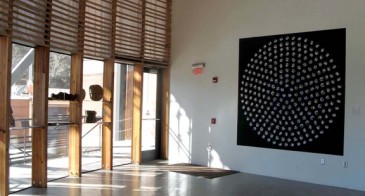Forests play an important role in the earth system, regulating climate, maintaining biodiversity, and provisioning human communities with water, food and fuel. Interactions between climate and forest dynamics are not well constrained, and high uncertainty characterizes projections of global warming impacts on forests and associated ecosystem services. Recently observed tree mortality and forest die-off forewarn an acceleration of forest change with rising temperature and increased drought.


